I’m building a directive, I’m calling ‘requires-authorization’ to wrap an ng-if directive. I’d like to use it as follows:
<requires-authorization role='SuperUser'>
<!— super secret user stuff goes here, within
the scope of this view's controller —>
</requires-authorization>
I’ve gotten as far as:
angular.module('myApp').directive('requiresAuthorization', function() {
return {
template: '<div ng-if=\'iAmInRole\' ng-transclude></div>',
restrict: 'E',
transclude: true,
scope: {
role: '@'
},
controller: function($scope, UserService) {
$scope.iAmInRole = (UsersService.myRoles.indexOf($scope.role) !== -1);
}
};
});
This works, but the content contained within the directive loses its scope, specifically the scope of the controller of the view it's found within. What am I overlooking?
jsfiddle for reference: http://jsfiddle.net/HbAmG/8/ Notice how the auth value isn't displayed inside the directive, but is available outside directive.

